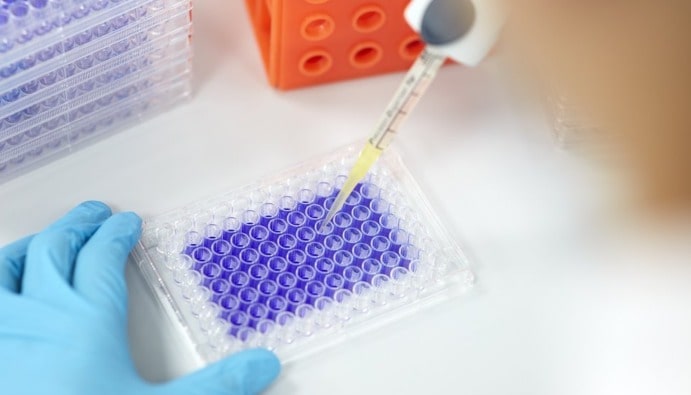
BLOG
KATEGORİDEKİ DİĞER YAZILAR

Cytotoxicity refers to the potential for a substance or device to have a toxic effect on cells. This effect may include
Cytotoxicity can occur when the device comes into direct contact or when chemicals released from the device interact with cells.
In vitro Cytotoxicity Tests are based on testing the biological reactions of the medical device to be tested on mammals depending on the duration of contact with the tissue and body fluid to be contacted.
Prepared sample extracts are applied to cultured cells and product-induced toxicity such as cell death, cell growth is affected. Cytotoxicity tests are performed qualitatively and quantitatively. Qualitative tests are categorized under 3 main headings.
Colorimetric methods based on the binding of dye to live cells used for quantitative viability/survival tests.
ISO 10993-5 is an international standard for assessing the safety of medical devices at the cellular level. This standard covers the protocols, methods and evaluation criteria used when testing the biological compatibility of medical devices.
1. Cell Survival Rate
2. Cellular Morphology Examination
3. Cell Proliferation
4. Membrane Integrity Test
5. Apoptosis and Necrosis Analysis
Nanolab Laboratories Group continues to provide services within the scope of In Vitro Cytotoxicity Tests. We also provide services in Sensitization Testing.
Contact us for more information.
You can follow us on LinkedIn for up-to-date news and posts about our services.
Follow our Instagram account to be informed about our latest blog posts.